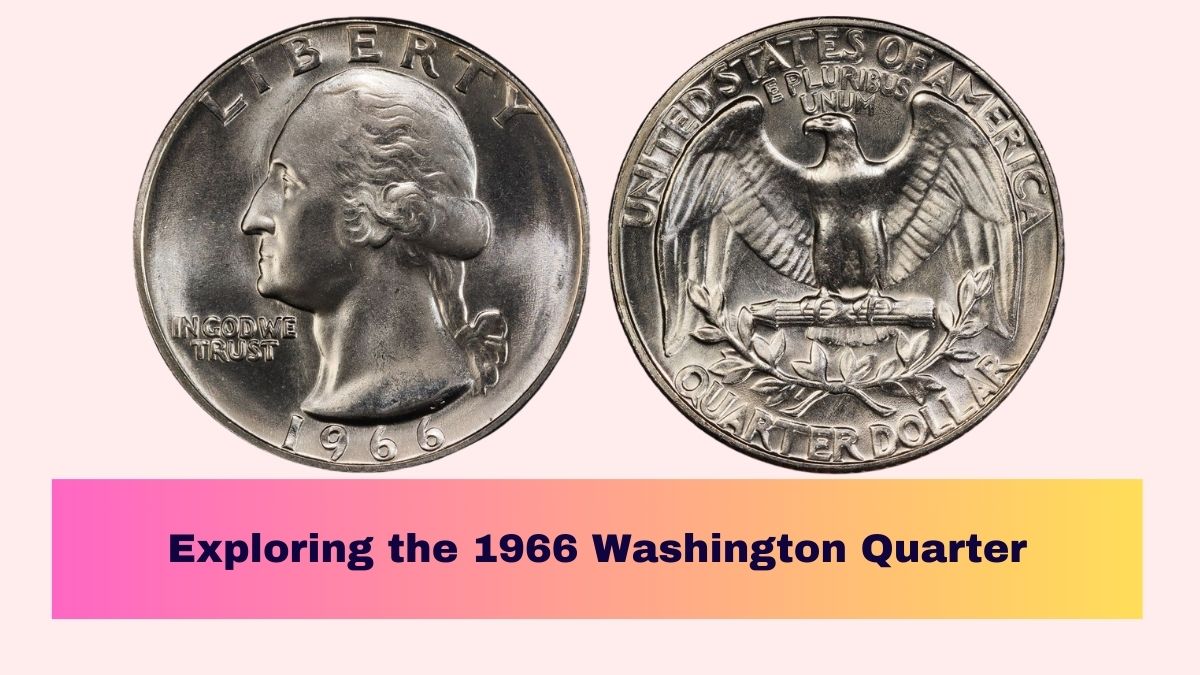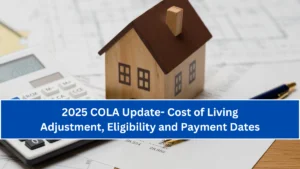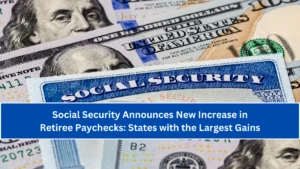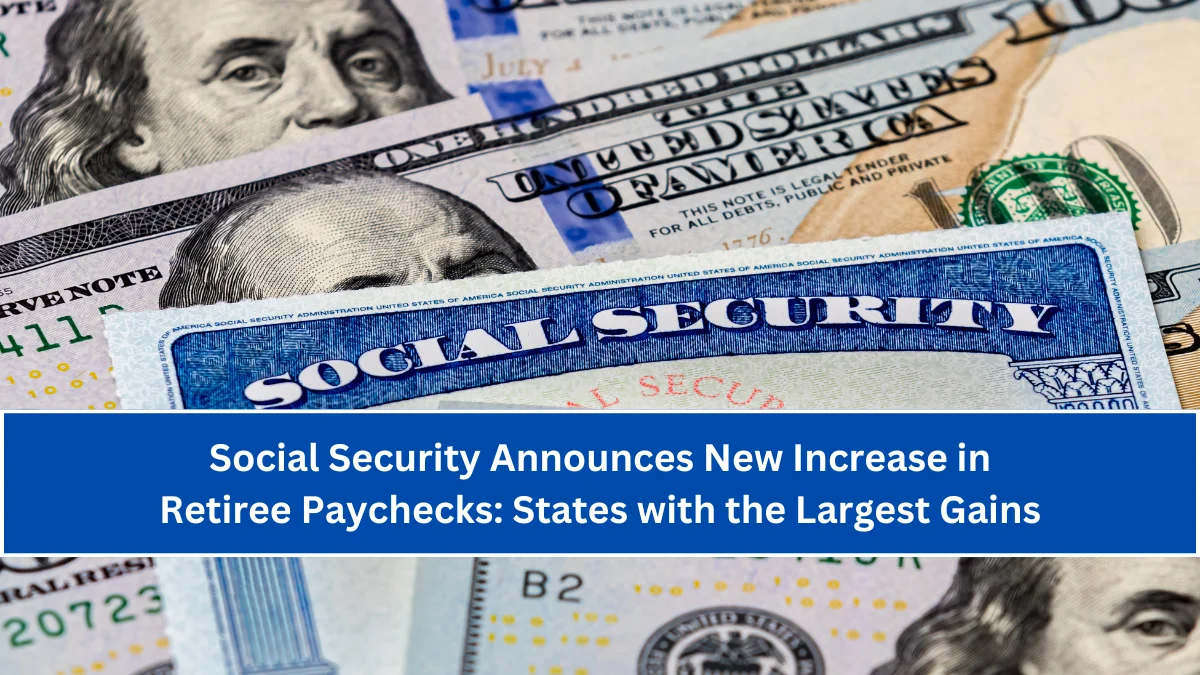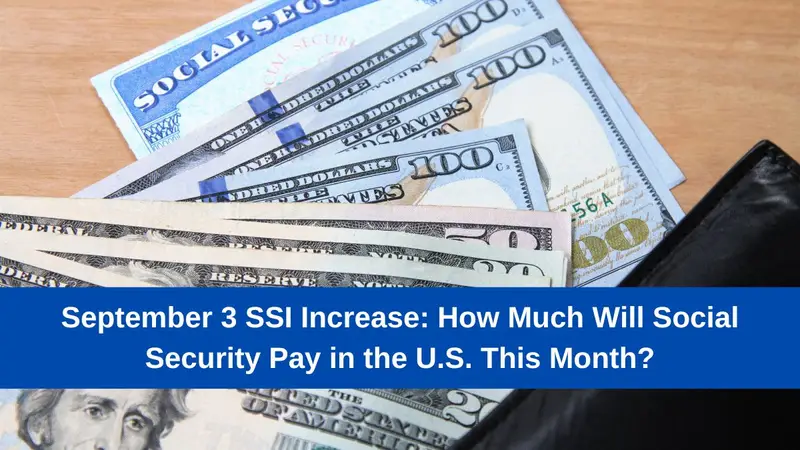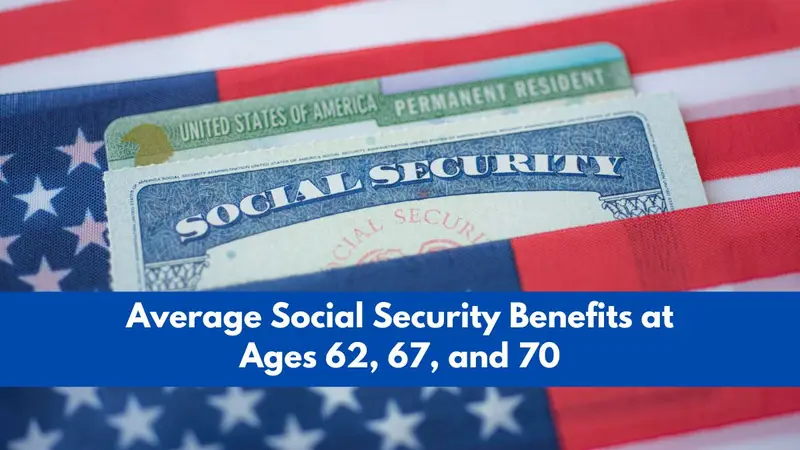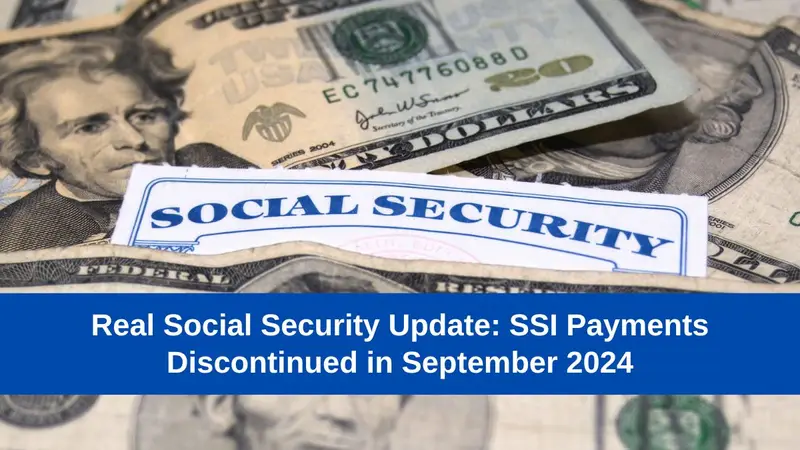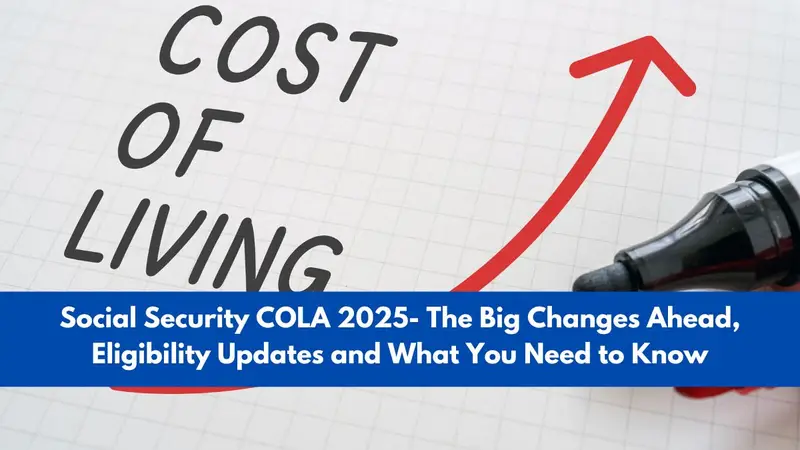The 1966 Washington Quarter, a piece of American numismatic history, has become a focal point for collectors and investors alike. Despite its high mintage, specific qualities make some examples of this coin quite valuable.
This article will explore the details of 1966 Washington Quarter values, notable errors, rarities, and offer insights into its market trends.
Overview of the 1966 Washington Quarter
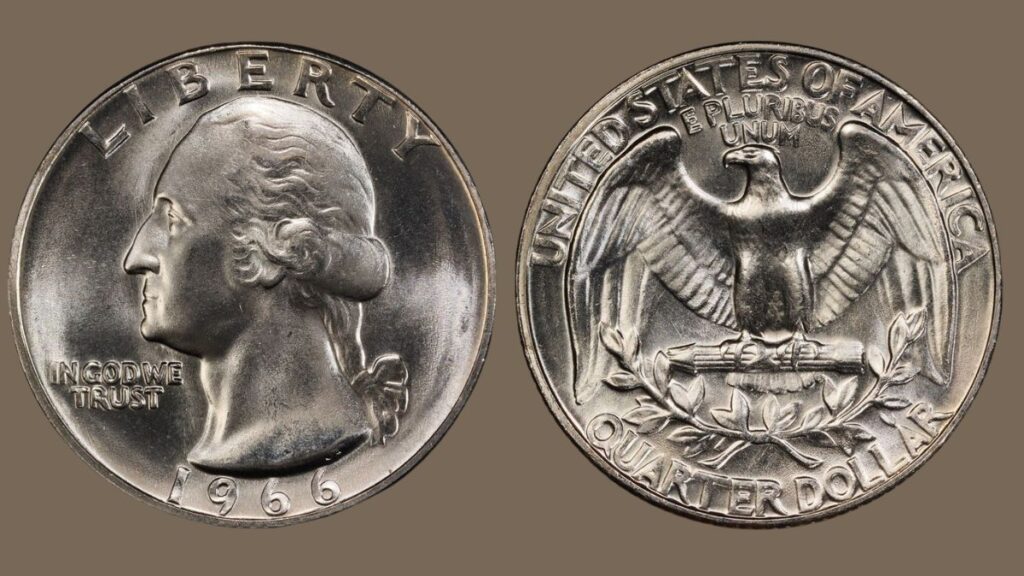
In 1966, the U.S. Mint was operating at full capacity to meet the high demand for coins. The previous year, 1965, saw a surge in coin production due to a coin shortage, largely driven by people hoarding silver coins.
By 1966, all quarters were being produced in a copper-nickel clad composition, moving away from the 90% silver content that had been standard up until 1964. The 1966 Washington Quarter, struck only at the Philadelphia Mint, represents a crucial period in U.S. coinage history.
Mintage and Circulation
A total of 821,101,500 Washington Quarters were minted in 1966. Although this figure may seem substantial, it is still significantly lower than the 1.8 billion quarters minted in 1965. Despite the high mintage, some 1966 quarters remain in circulation today and are sometimes found in “almost uncirculated” condition.
Value Analysis of the 1966 Washington Quarter
The value of a 1966 Washington Quarter largely depends on its condition and grade. Coins are graded on a scale from MS-60 to MS-70, with higher grades reflecting better preservation. Here is a detailed table of the 1966 Washington Quarter prices based on their grades:
| Grade | Price |
|---|---|
| MS-60 | $0.25 |
| MS-61 | $0.25 |
| MS-62 | $0.25 |
| MS-63 | $8 |
| MS-64 | $10 |
| MS-65 | $16 |
| MS-66 | $30 |
| MS-67 | $285 |
Mint State Ratings Explained
- MS-60 to MS-62: Coins in these grades show noticeable imperfections and wear. They are generally worth face value.
- MS-63: Coins in this grade have fewer marks and scratches but may still show some visible imperfections.
- MS-64: Considered a higher grade with minimal imperfections visible to the naked eye.
- MS-65: Coins are well-struck with sharp details and few visible imperfections.
- MS-66: High-quality coins with exceptional detail and minimal to no visible flaws.
- MS-67: Extremely rare with pristine quality and virtually no visible imperfections.
Notable Errors and Rarities
The 1966 Washington Quarter is relatively standard in design, but a few notable errors and rarities can enhance its value:
1. Die Cracks
Some 1966 quarters exhibit die cracks, which are imperfections in the coin’s design caused by issues with the minting dies. These cracks can make a coin more valuable to collectors looking for unique features.
2. Off-Center Strikes
Off-center strikes occur when a coin is not properly aligned in the press. This error can make a coin more desirable to collectors.
3. Double Dies
Double die errors, where the design is struck more than once, can sometimes be found on 1966 quarters. These coins are rare and sought after for their unique appearance.
4. High-Grade Examples
Despite the high mintage, high-grade examples of the 1966 Washington Quarter, particularly those graded MS-67, are rare and can command significantly higher prices at auction.
Auction Records and Finest Known Examples
The finest-known examples of the 1966 Washington Quarter are highly prized. Auction records for these coins can vary, with the highest prices often achieved by MS-67 specimens. Here is a summary of some notable auction records:
- Finest Known MS-67: Coins in this grade have been sold for up to $285, reflecting their exceptional quality and rarity.
Conclusion
The 1966 Washington Quarter, despite its high mintage, holds significant value for collectors, especially in higher grades or with notable errors.
Understanding its value, recognizing rarities, and knowing where to sell can help collectors make the most of their coin collections.
Whether you’re a seasoned numismatist or just starting out, the 1966 Washington Quarter offers an intriguing glimpse into a pivotal period in American coinage.
FAQs
1. What factors determine the value of a 1966 Washington Quarter?
The value is determined by the coin’s grade, with higher grades commanding higher prices. Rarity due to errors or high-quality examples also affects value.
2. How can I determine the grade of my 1966 Washington Quarter?
Coin grading requires professional evaluation by services such as PCGS or NGC. Factors include the coin’s strike, luster, and any visible imperfections.
3. Are there any common errors to look for on 1966 Washington Quarters?
Yes, common errors include die cracks, off-center strikes, and double dies. These errors can enhance a coin’s value.
4. Where can I sell a valuable 1966 Washington Quarter?
Valuable coins can be sold at auction houses, through coin dealers, or via online marketplaces specializing in numismatics.
5. How can I protect the value of my 1966 Washington Quarter?
To preserve its value, store the coin in a protective holder or case and avoid handling it excessively.
